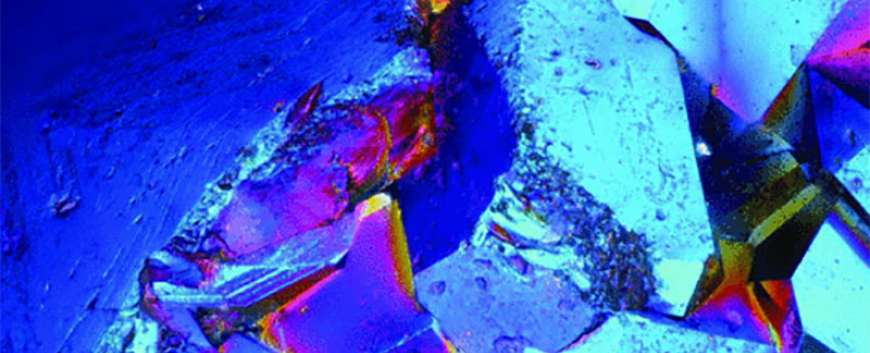Algorithm-Driven Advances for Scientific CT Instruments: From model-based to deep learning-based approaches
Top Reasons to Join SPS Today!
1. IEEE Signal Processing Magazine
2. Signal Processing Digital Library*
3. Inside Signal Processing Newsletter
4. SPS Resource Center
5. Career advancement & recognition
6. Discounts on conferences and publications
7. Professional networking
8. Communities for students, young professionals, and women
9. Volunteer opportunities
10. Coming soon! PDH/CEU credits
Click here to learn more.
Algorithm-Driven Advances for Scientific CT Instruments: From model-based to deep learning-based approaches
Multiscale 3D characterization is widely used by materials scientists to further their understanding of the relationships between microscopic structure and macroscopic function. Scientific computed tomography (SCT) instruments are one of the most popular choices for 3D nondestructive characterization of materials at length scales ranging from the angstrom scale to the micron scale. These instruments typically have a source of radiation (such as electrons, X-rays, or neutrons) that interacts with the sample to be studied and a detector assembly to capture the result of this interaction (see Figure 1 ). A collection of such high-resolution measurements is made by reorienting the sample, which is mounted on a specially designed stage/holder after which reconstruction algorithms are used to produce the final 3D volume of interest. The specific choice of which instrument to use depends on the desired resolution and properties of the materials being imaged. The end goal of SCT scans includes determining the morphology, chemical composition, or dynamic behavior of materials when subjected to external stimuli. In summary, SCT instruments are powerful tools that enable 3D characterization across multiple length scales and play a critical role in furthering the understanding of the structure–function relationships of different materials.
Multiscale 3D characterization is widely used by materials scientists to further their understanding of the relationships between microscopic structure and macroscopic function. Scientific computed tomography (SCT) instruments are one of the most popular choices for 3D nondestructive characterization of materials at length scales ranging from the angstrom scale to the micron scale. These instruments typically have a source of radiation (such as electrons, X-rays, or neutrons) that interacts with the sample to be studied and a detector assembly to capture the result of this interaction (see Figure 1). A collection of such high-resolution measurements is made by reorienting the sample, which is mounted on a specially designed stage/holder after which reconstruction algorithms are used to produce the final 3D volume of interest. The specific choice of which instrument to use depends on the desired resolution and properties of the materials being imaged. The end goal of SCT scans includes determining the morphology, chemical composition, or dynamic behavior of materials when subjected to external stimuli. In summary, SCT instruments are powerful tools that enable 3D characterization across multiple length scales and play a critical role in furthering the understanding of the structure–function relationships of different materials.
SPS Social Media
- IEEE SPS Facebook Page https://www.facebook.com/ieeeSPS
- IEEE SPS X Page https://x.com/IEEEsps
- IEEE SPS Instagram Page https://www.instagram.com/ieeesps/?hl=en
- IEEE SPS LinkedIn Page https://www.linkedin.com/company/ieeesps/
- IEEE SPS YouTube Channel https://www.youtube.com/ieeeSPS














